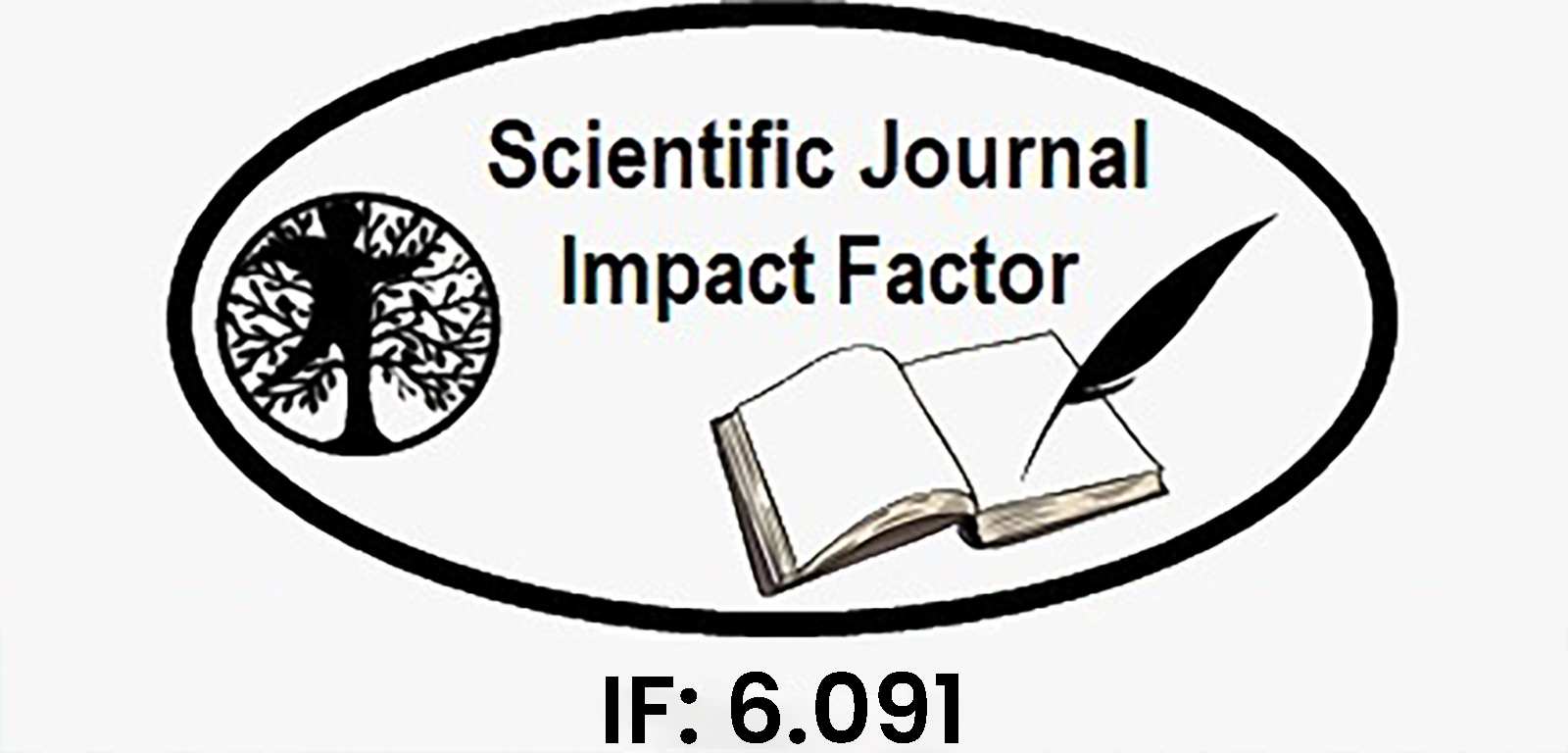Enhancing Transportation Safety And Efficiency Through Societal Intelligence
DOI:
https://doi.org/10.62647/IJITCE2025V13I3PP1-8Keywords:
Societal IntelligenceAbstract
In recent years, our transportation system has seen significant changes because of increasingly intelligent infrastructure and cars. The transportation system is thought to be quite heterogeneous, made up of a variety of different actors with various levels of connectedness and intelligence. The most intelligent and connected of them all, autonomous cars have the potential to significantly improve the effectiveness and dependability of the transportation system. The general transportation system does not actively support autonomous driving, however, as the current design of autonomous driving approaches focuses primarily on the autonomous car at the individual level. In fact, by utilizing the growing intelligence and connection in transportation, the security and effectiveness of both individual vehicles and the system might be greatly increased. Vehicles must communicate and work together with one another, as well as with the infrastructure and management of the transportation system, to make this possible. We suggest the social intelligence (SI) framework in this essay. Unlike the multientity intelligence frameworks now in use, SI allows for far more varied interactions between the many entities at various levels and is thus appropriate for transportation. We also divide the driving procedure into four functional layers and show how the social intelligence framework may be customized to each layer.
Downloads
Downloads
Published
Issue
Section
License
Copyright (c) 2025 Authors

This work is licensed under a Creative Commons Attribution-NonCommercial-NoDerivatives 4.0 International License.
















